15 Steam Train Facts
These legendary locomotives changed the world. Want to know more? All aboard this list of fascinating facts about steam trains!
The steam engine is one of the world’s most incredible engines, and it changed the history of our planet forever. It’s right up there with farming, the printed word, and even sliced bread! But how much do you know about the good, the bad and the ugly of steam technology? Check out this fascinating list of steam train facts and we’ll explain!
For more technological trivia, take a peek at these
1. Steam time!
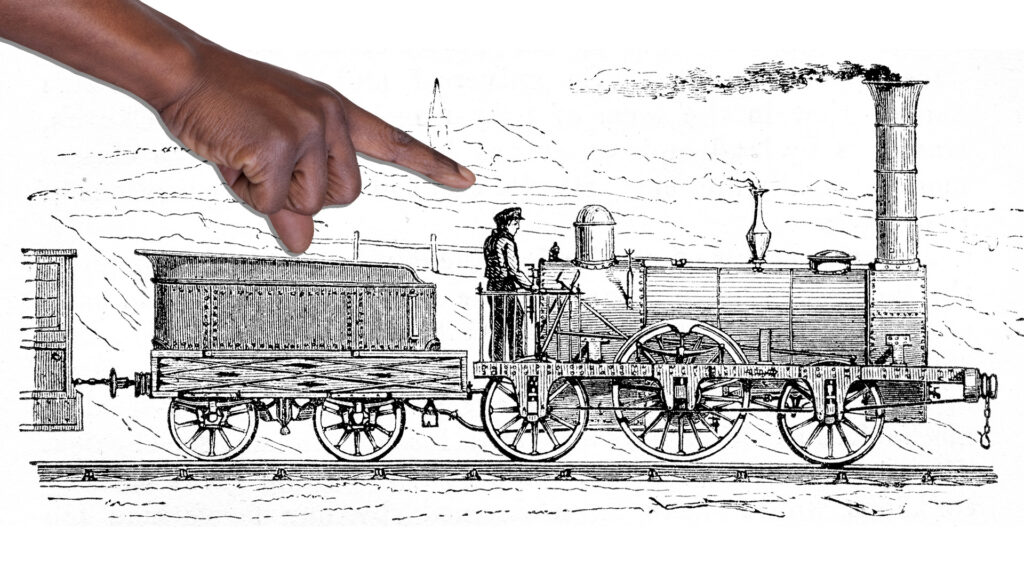
Steam trains were invented in the early 19th century during the Industrial Revolution. The first steam locomotive (or, train) was built by George Stephenson in 1814. It was called the “Blücher” – and to be honest, it wasn’t very impressive! It couldn’t pull much in thoise early days, and it kept breaking down. But despite it’s slow start, this invention would soon change the world completely.
2. Stephenson kept going
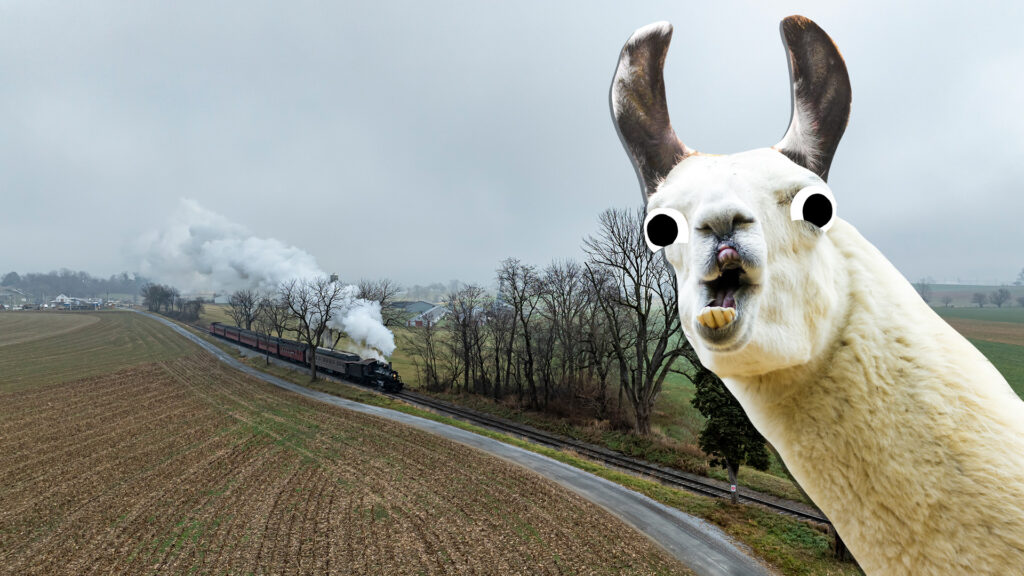
Despite the bad reviews for his first steam train, George Stephenson carried on learning about steam. He was helped by other top engineers and kept bringing out new designs. Eventually, he built the world’s first public railway, which opened in 1825 in England. It was called the Stockton and Darlington Railway – and it changed the world!
3. But how do they work?
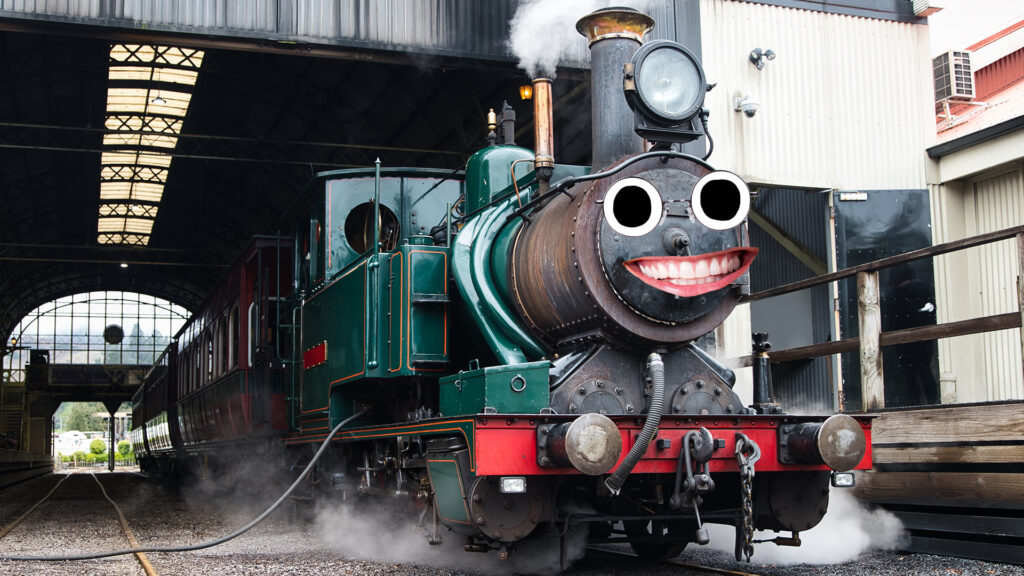
Steam trains use boiling water to create steam. Inside a big boiler, coal or wood is burned to heat water, turning it into steam. The steam builds pressure and pushes pistons, which move the train’s wheels, making it go forward. It’s clever stuff – and all it needs is fuel and water!
4. The Golden Age of Steam
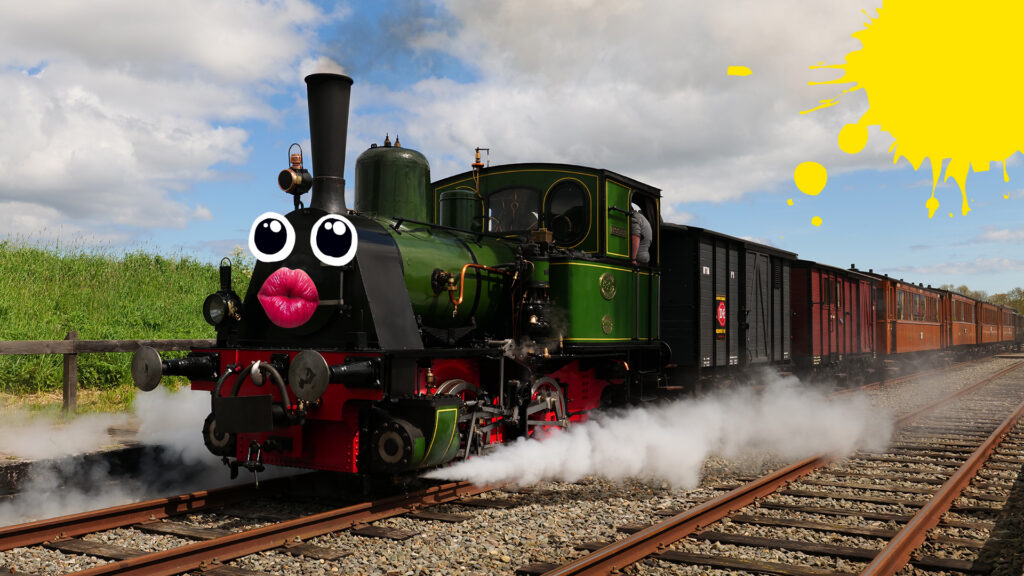
The mid-19th to early 20th centuries are considered the “Golden Age” of steam trains. During this time, railways expanded rapidly, connecting cities, towns, and even countries, allowing people to travel longer distances much more quickly than ever before. They were taking over the world!
5. Empire of Steam
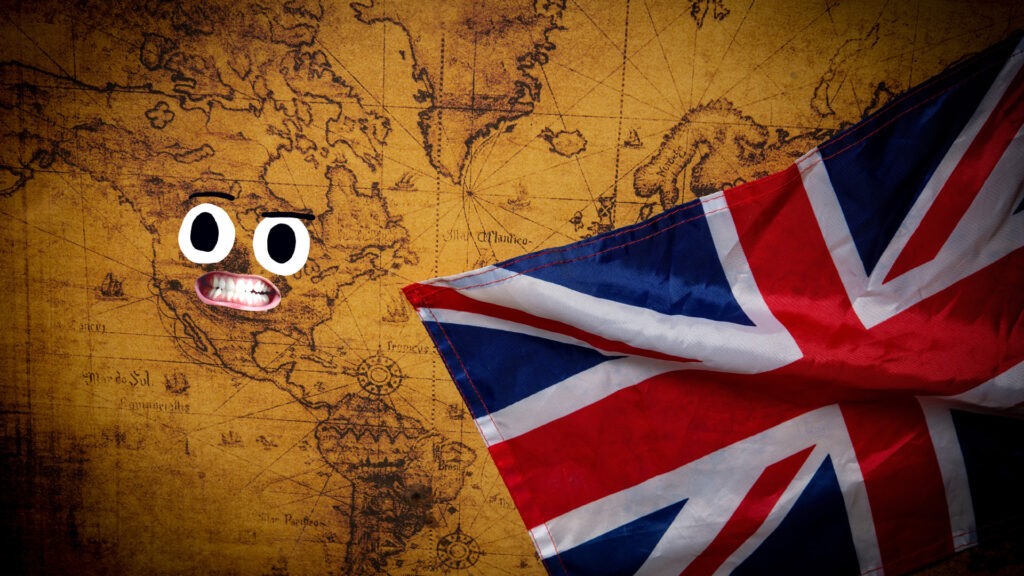
All this new steam technology came at exactly the right time for the British Empire. Back in those days, Britain had a huge empire that controlled vast chunks of the world, especially Africa and Asia. Steam engines allowed them to make products and weapons more efficiently, which they used to keep their empire in check, and the money flowing back to London.
6. Steam trains were a good AND bad thing
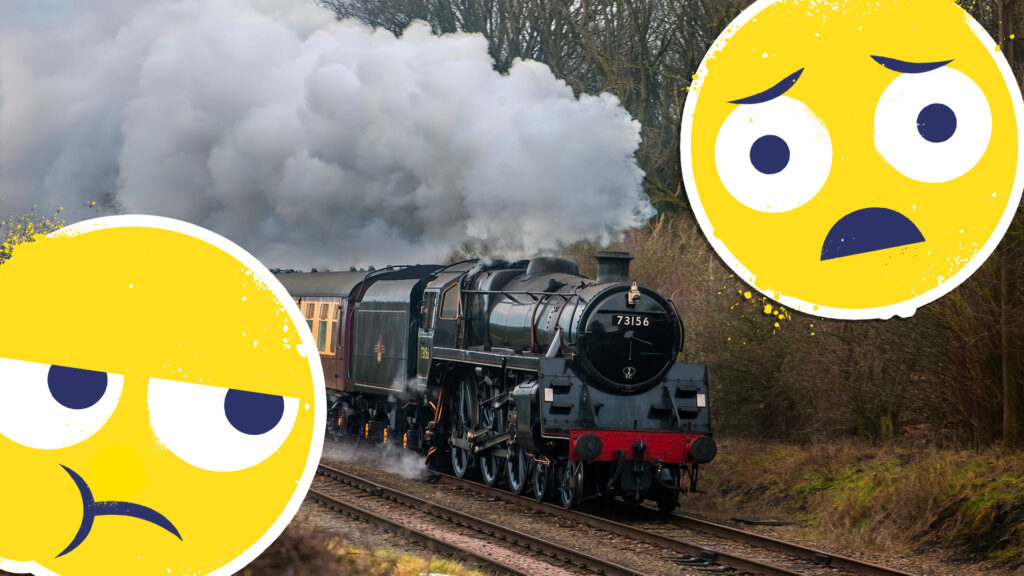
Britain’s network of steam trains – and how the exported them to other parts of the world – no doubt had a huge effect on world history. Industry and business grew faster and faster. Whilst this led to new thing being invented and a lot of money being made, it wasn’t equally shared out. Britain and got very rich, and many other parts of the world suffered as a result. We’ll talk more about some other downsides of steam technology in a little bit as well!
7. The Flying Scotsman
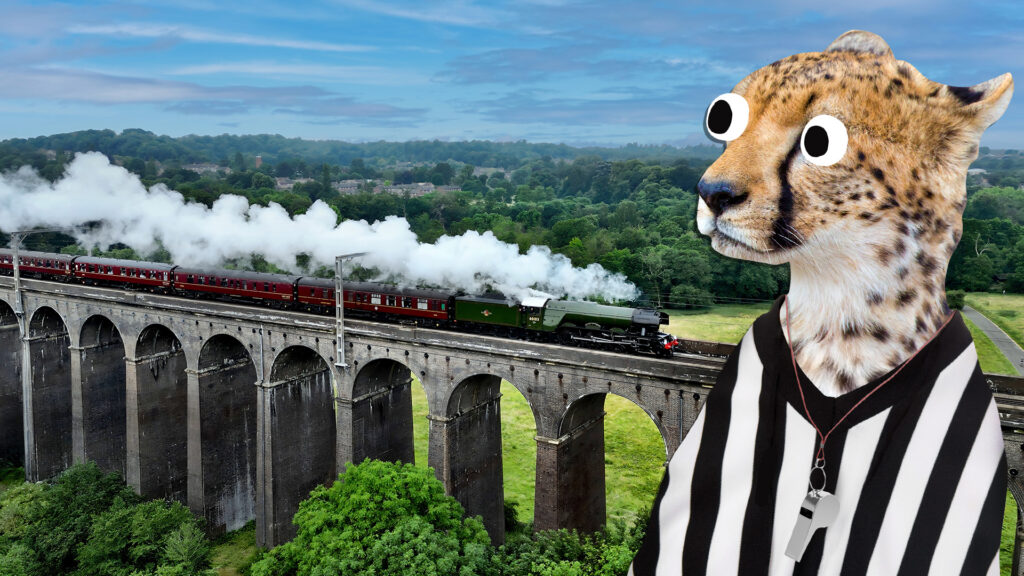
One of the most famous steam trains is the “Flying Scotsman,” which was built in 1923 in Britain. It became known for breaking speed records and traveling over 100 miles per hour, an incredible achievement at the time! Fun fact – it was actually built in Doncaster, a part of England! It was called the Flying Scotsman because it served the London to Edinburgh line!
8. The World’s Biggest
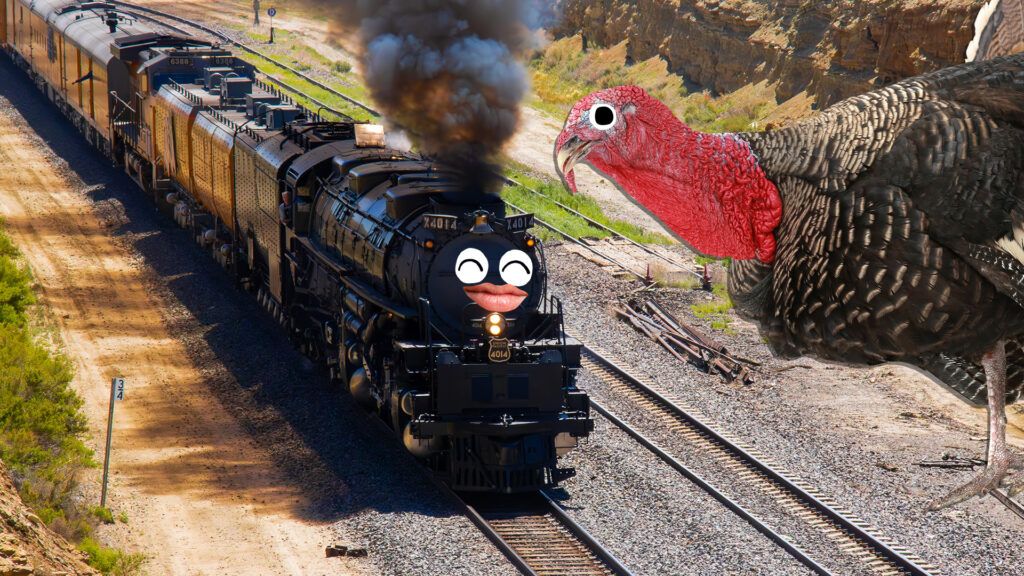
The largest steam train ever built was the Union Pacific “Big Boy” in the United States. Built in the 1940s, it was a massive locomotive stretching over 132 feet (40 meters) long and weighing more than 1.2 million pounds! The Big Boy was used to pull long, heavy freight trains over steep mountain ranges. It definitely lived up to it’s name!
9. The World’s Fastest!
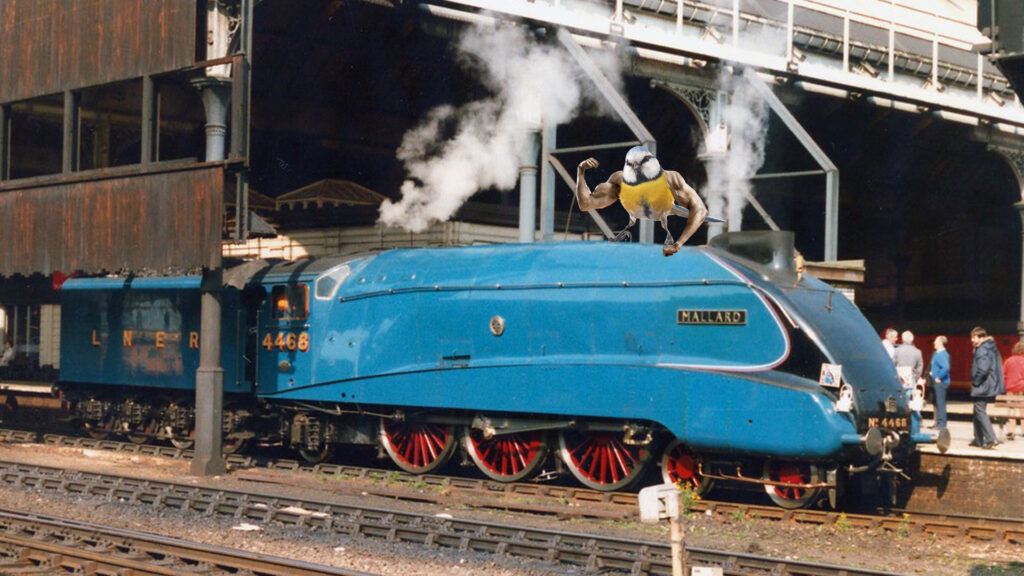
One of the fastest steam trains ever built was the British locomotive “Mallard,” which set a world speed record in 1938 by reaching 126 miles per hour (203 km/h). This record for steam trains has never been broken, and the Mallard remains a famous symbol of steam train engineering. It was named after the type of duck, and painted the same colour!
10. The Hogwarts Express
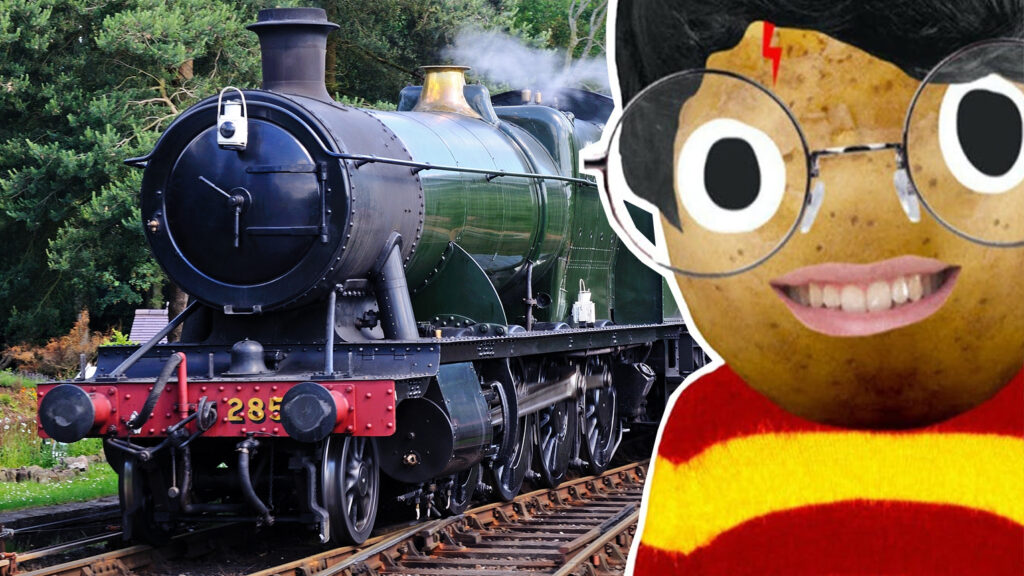
Steam trains have been a big deal in fiction too, with one of the most famous steam trains being the “Hogwarts Express” from the Harry Potter films and books. It zooms students to Hogwarts School of Witchcraft and Wizardry along a secret route (filmed in Scotland). Although it’s obviously fictional, its design is based on real steam trains from the early 20th century.
11. Chuffa chuff!
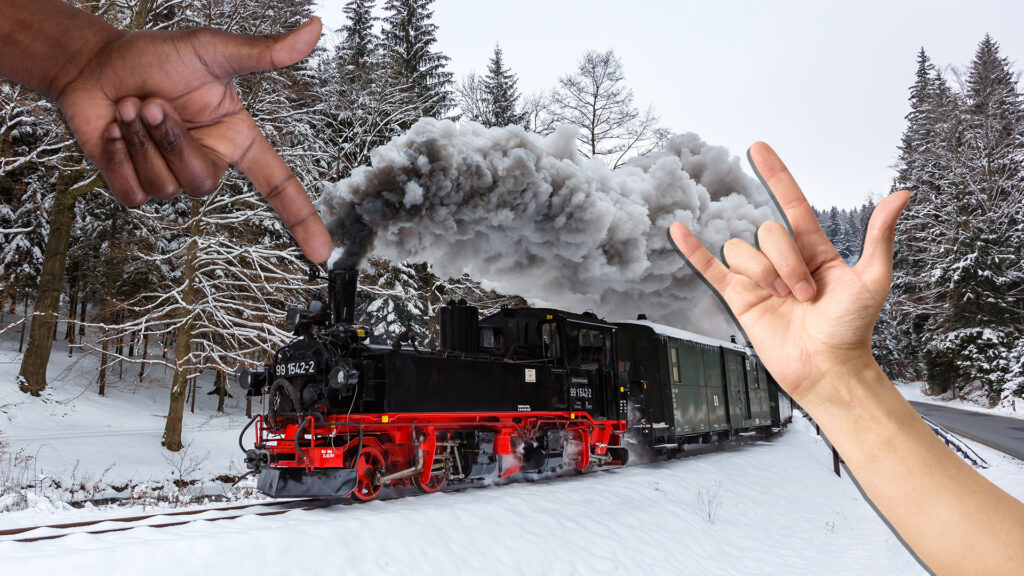
One of the best things about steam trains is their distinctive sounds: the hissing of steam, the puffing of the engine, and the loud “choo-choo” as they chug along the tracks. These sounds come from steam escaping the boiler and the pistons driving the wheels. Electric trains just don’t make that noise!
12. Steam trains are dirty
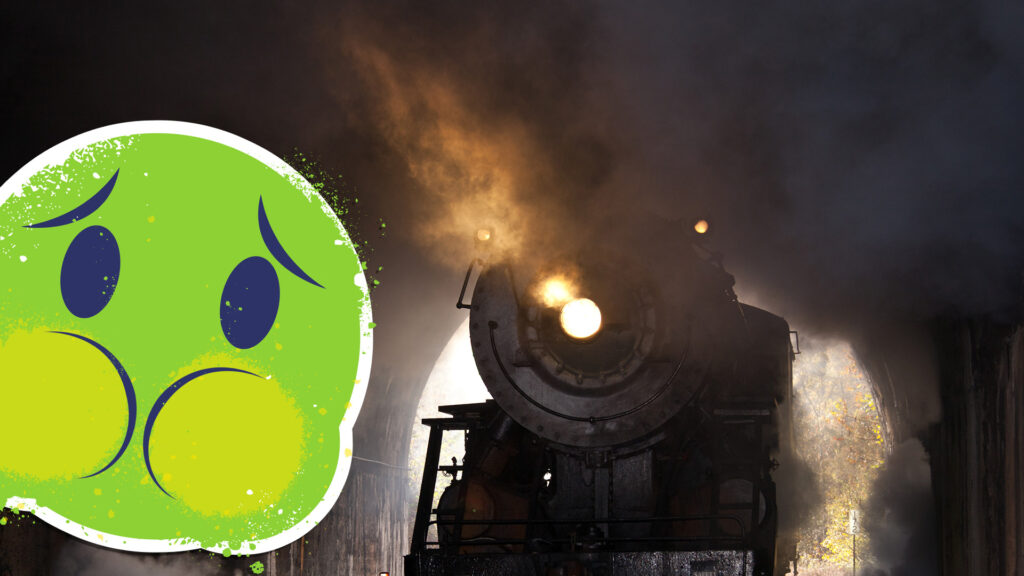
Steam trains run on coal or wood, which are fossil fuels. Burning these fuels releases smoke and carbon dioxide, which is a serious type of air pollution. In the past, when steam trains were common, they produced a lot of soot and smoke, which made cities very dirty. It also started planet Earth on a path towards the current climate crisis, which we’ll get to in a minute!
13. They made cowboys possible
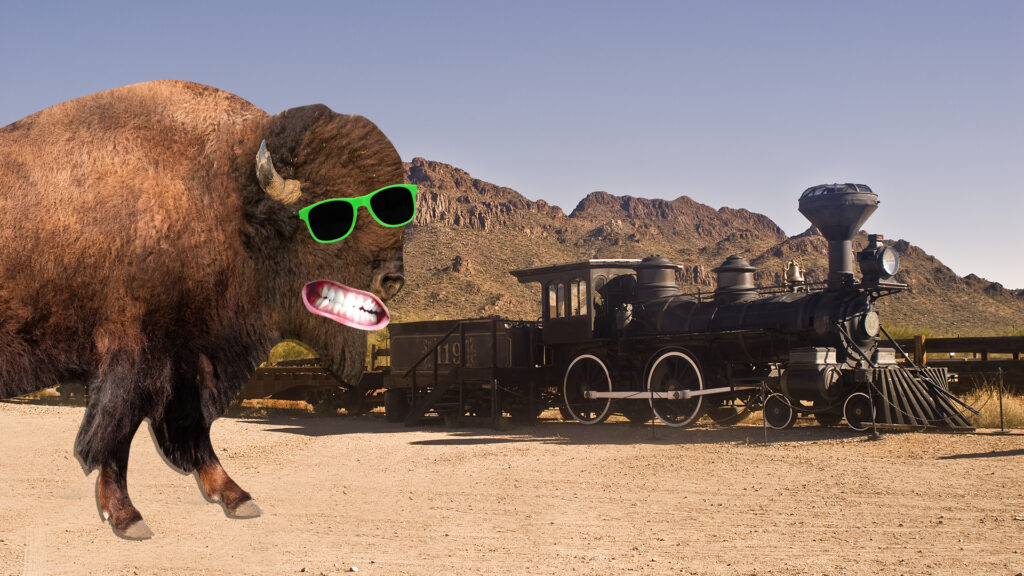
As we mentioned, the power of steam meant these new trains quickly spread around the world. One place it has a huge effect was the early USA. Before the trainlines connecting the East and West coast were built, there was no quick way to get across north America. The history of these trainlines powered the cowboy era, which had a huge effect on American culture. As with steam engines in the British Empire – this was often bad news for the people who were there first.
14. Steam trains and the climate

Steam trains, though a marvel of their time, left a big environmental footprint because they relied on burning coal. We now know that this releases carbon dioxide and other rubbish. Steam technology was soon replaced by the combustion engine – which is another very polluting technology. Since George Stephenson’s first locomotive, the whole world has become hooked on burning fossil fuels. It’s now the challenge of our lifetimes is to clean up the mess that this created!
15. The future of steam
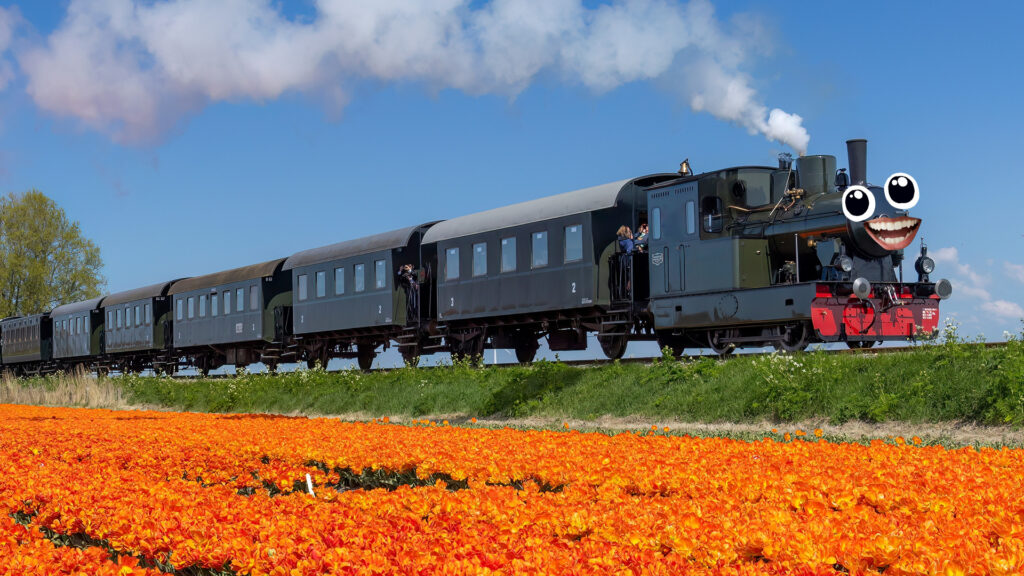
Although the pollution from steam trains means they can’t be used for regular transport, they can still be enjoyed for tourism or education. Some modern steam-style trains run on biofuels or are powered by renewable energy, showing that even old technology can adapt to help in the fight against climate change. So whilst the world has moved on from the dirty days of the industrial revolution, we can still enjoy a chuffa chuff every now and again!


